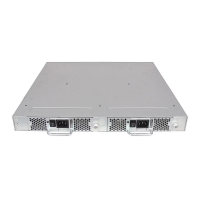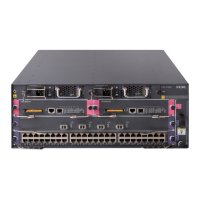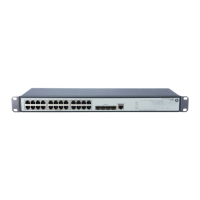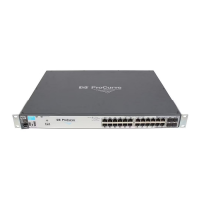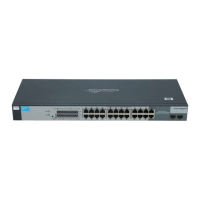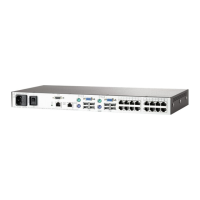Fabric OS Administrator’s Guide 381
53-1002446-01
Temporary licenses
18
Temporary licenses
A temporary license applies a “try-before-you-buy” approach to certain features so that you can
experience the feature and its capabilities prior to buying the license. Once you have installed the
license, you are given a time limit to use the feature.
A temporary license can be either a regular temporary license or a universal temporary license:
• A regular temporary license is available on a per-switch basis.
• A universal temporary license can be installed on a switch, but can be applied to multiple
switches.
The following licenses are available as temporary or universal temporary licenses:
• 10 Gigabit FCIP/Fibre Channel license (slot-based)
• Advanced Extension license (slot-based)
• Advanced FICON Acceleration license (slot-based)
• Adaptive Networking with QoS license
• Advanced Performance Monitoring license
• Fabric (E_Port) license
• Fabric Watch license
• FICON Management Server (CUP) license
• Extended Fabrics license
• High Performance Extension over FCIP/FC license
• Integrated Routing license
• Server Application Optimization license
• ISL Trunking license
Restrictions on upgrading temporary slot-based licenses
If the capacity of the permanent license is equal to or greater than the capacity of the temporary
license and you use the same slot assignments. then replacing the temporary license with a
permanent license is non-disruptive. If either condition changes, however, then the process is
disruptive.
If the permanent license is for fewer slots than the temporary license, you must do the following.
1. Remove the temporary license. The removal process disables the feature.
2. Install the permanent license on the appropriate slots.
If the permanent license is for different slots than the temporary license, you must do the following.
1. Install the permanent license. The temporary license is automatically replaced on the original
slots.
2. Deconfigure the application that uses the licensed feature on the original slots.
3. Remove the license from the original slots using the licenseSlotCfg -remove command.
4. Add the license to the new slots using the licenseSlotCfg -add command.

